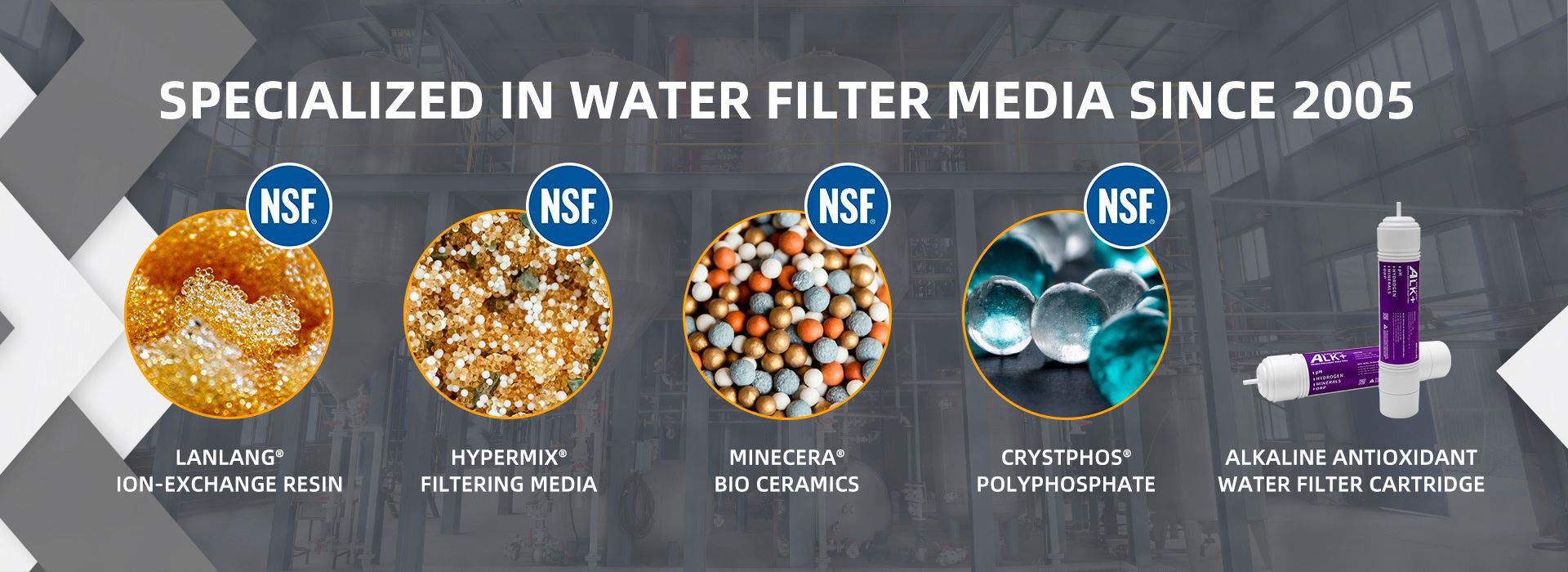In 1932, McBain proposed the concept of "molecular sieve". Represents a porous material that can be screened at the molecular level. Although zeolite is only a kind of molecular sieve, zeolite is the most representative of them, so the words "zeolite" and "molecular sieve" are often used interchangeably. Artificial zeolite is: sulfonic acid polystyrene; Natural zeolite: sodium aluminosilicate. Zeolite group minerals are commonly found in the pores of extrusive rocks, especially basalt, sedimentary rocks, metamorphic rocks and hydrothermal deposits and some modern hot spring deposits.
There are more than 80 kinds of zeolite found in nature, the more common are square zeolite, rhombozeolite, calcium zeolite, flake zeolite, sodium zeolite, mercerized zeolite, pyroxene zeolite, etc., all of which contain calcium and sodium. The amount of water they contain varies with the outside temperature and humidity. The crystal system of the crystal varies with the different mineral species, and the monoclinic crystal system and the orthorhombic crystal system (rhombic crystal system) are the majority. Calcareous zeolite and pyroxene zeolite are often equiaxed, lamellar zeolite and pyroxene zeolite are plate-like, phyllozeolite and mercerite are acicular or fibrous, and twin calcareous zeolite and pyroxene zeolite are common. All kinds of pure zeolites are colorless or white, but can be mixed with impurities and a variety of light colors. Glass luster. Cleavage varies with crystal structure. Mohs hardness is medium.
The specific gravity is between 2.0 and 2.3, and the barium content can reach 2.5 to 2.8. Zeolite is mainly formed in the low temperature hydrothermal stage, commonly found in exhaled rock pores, but also in hydrothermal deposits and modern hot spring deposits. Zeolite can be percolated by water to exchange cations, and sodium ions in its composition can be plasma exchanged with calcium and magnesium in aqueous solution to soften hard water in industry. The crystal structure of zeolite is composed of silicon (aluminum) oxygen tetrahedrons connected into a three-dimensional lattice, and there are various holes and channels of different sizes in the lattice, which has great openness. Alkali metal or alkaline earth metal ions and water molecules are distributed in the holes and channels, and the connection with the lattice is weak. Different ion exchange has little effect on the structure of zeolite, but changes the properties of zeolite. The existence of different sized cavities in the lattice can absorb or filter molecules of other substances of different sizes. It is often used as a molecular sieve in industry to purify or separate substances with mixed components, such as gas separation, oil purification, and treatment of industrial pollution.


